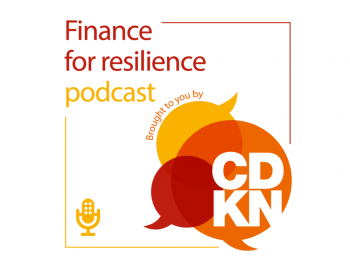Guide: Smart Incentives for Mini-Grids through Retail Tariff and Subsidy Design
Guide: Smart Incentives for Mini-Grids through Retail Tariff and Subsidy Design
Clean energy mini-grids are receiving increasing attention from governments, donors, and rural stakeholders as a cost-effective means to deliver energy access to un-electrified communities across Africa and to advance efforts towards nationally Determined Contribution (NDCs) commitments governments have made under the Paris agreement.
Private sector operators and investors see the possibility of building sustainable and profi table business models for mini-grids. the International Energy agency (IEA) estimates that over 40% of universal access to electricity by 2030 will be most economically delivered by mini-grids and will play a leading role in addressing the nearly 600 million people across Africa who still lack any access to electricity1.
However, the economics of energy access through mini-grids remain challenging; mini-grids often have high upfront capital and operational costs due to long distances from locations where materials are supplied, low population densities, as well as lower revenues as they tend to serve poorer customers (wealthy customers are more likely to live in urban areas) who demand smaller amounts of electricity due to less income available to spend on electricity. to be sustainable and profitable, mini-grid operators must have revenues that exceed costs and provide for an attractive return on investment. What is considered an “attractive” return on investment varies by investor but is generally considered a return that has an appropriate risk/reward return profile (e.g. the risk that an investor will not get any of his or her money back is outweighed by the reward of the financial return).
In the mini-grid sector, more positive investor returns are generally achieved either by increasing revenues or cutting costs. this study examines approaches to enabling higher revenues for private mini-grid operators through retail tariff policies and subsidy design. this analysis provides a primer for policymakers and donors regarding the scope of options within their policy toolkit, with specific country examples highlighting lessons learned from countries that have implemented early policies and programs. a number of countries have already begun to adopt policy frameworks for private sector retail tariff s or have implemented grant or subsidy programs to support the deployment of mini-grids in their country. Where available, early learnings have informed this work.



